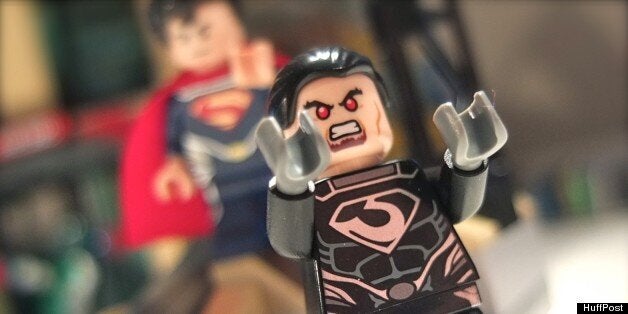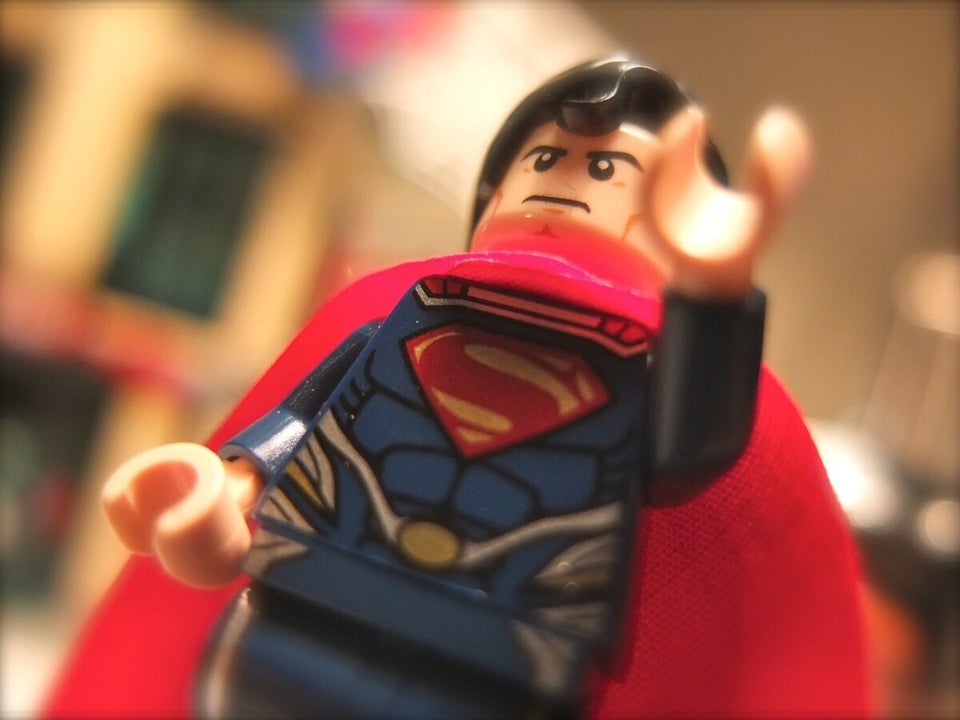
Lego figures are getting angrier, a study has found.
Research conducted at the University of Canterbury in New Zealand showed that the number of happy faces on Lego 'MiniFigs' is decreasing, and the number of angry faces is going up.
Lego has released about 3,600 true MiniFigs in its history, starting in 1975- and has sold about 4 billion of them.
The first figures had no faces at all, while the first true 'modern' MiniFigs from 1978 (there were seven originals, for Castle Space and Town sets) all featured a simple smiling face, with two dots for eyes.
For 11 years the monopoly of the smile held strong. But soon after Lego started to make different facial expressions, to the point where today - when MiniFigs have never been more popular - virtually every figure has a customised, complex facial expression.
But Dr Christoph Bartneck, a robotics expert at Canterbury, said that the pace of change is increasing - and that the toys are increasingly based on conflict.
"Our cluster analysis shows that toy design has become a more complex design space in which the imaginary world of play does not only consist of a simple division of good versus evil, but a world in which heroes are scared and villains can have superior smile," he said in the study.
The paper - available in full here - looked at 3,655 MiniFigs with 628 heads, and used 264 study subjects in the US to determine how aggressive they were.
They found that overall happy faces "vastly" outnumbered angry ones, but that the number of aggressive expressions was increasing.
But they also found that an average of 3.9 emotion labels was attached to each face - meaning that they're not just angrier, they're more complex.
Pleasantly, the researchers also found that skin colour made no difference to the perception of emotion.
They called on toy makers to reconsider the impact of their themes and designs on children.
"Designers of agent faces should take great care to design the expressions and to test their effect since toys play an important role in the development of children. The example of the Minifigures show that to appeal to users it is necessary to offer a wide range of emotional expressions that connect to the complex interaction scenarios of today’s users.
"Instead of focusing on highly realistic expressions, it may be worthwhile to increase the variability of expressions. A comic style expression is sufficient to convey a full spectrum of emotions and intensities."
